Oceanology '22 Day 1: Expect More Data and Disruption in the Ocean Space
Day one at Oceanology International in London was bustling with activity, as MTR's Elaine Maslin found, reporting from the show floor.
Data and disruption are coming up as key themes at this year’s Oceanology International conference, in what’s the first time the event has run in three years. The event, being held at London’s Excel Centre, has attracted an international crowd, including a cohort of new entrants, keen to network and share their latest platforms and service offerings.
In the dockside demo area, a plethora of uncrewed surface vessel (USVs) are plying the water while new autonomous underwater vehicles (AUVs), including Kongsberg’s distinctive new design Hugin Edge and other ever more modular vehicles, are on show on the show floor.
However, alongside multi-domain vehicle collaboration, a key theme emerging on day one of the show is that increasing access of ways to gather data – in terms of new platforms and sensors – means that there’s also a data deluge challenge. New business models to acquire, process and then provide deliverables to users as a service or even commoditising ocean data, by acquiring off spec, are being pushed by a growing cohort of younger companies hoping to disrupt the status quo.
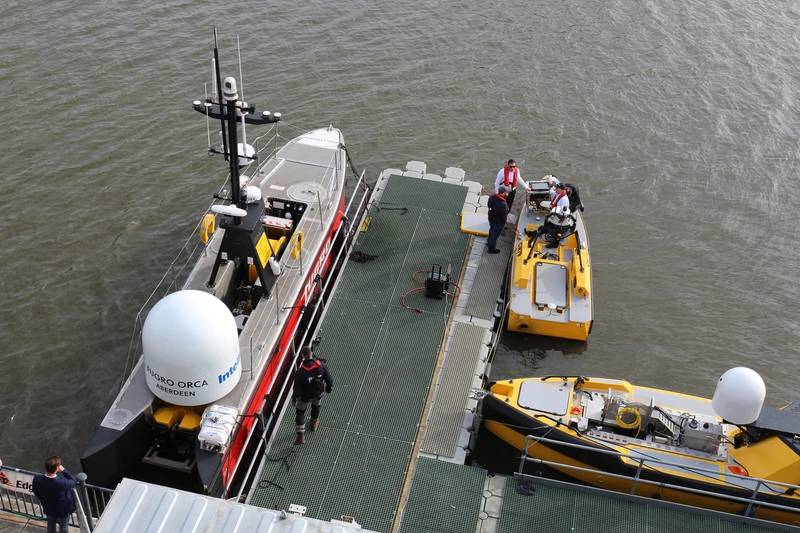 Dockside demos are a hallmark of the Oceanology International event. Photo Elaine Maslin
Dockside demos are a hallmark of the Oceanology International event. Photo Elaine Maslin
Dr Richard (Rick) Spinrad, US Under Secretary of Commerce for Oceans and Atmosphere and National Oceanographic and Atmosphere (NOAA) Administrator, told a morning conference session that the means to gather data had grown significantly, thanks to new platforms like Saildrone, as well as new sensors, which were just “on the chalk board 10 years ago”. A result of these trends are that NOAA’s data holdings had increased from 4 petabytes in 2016 to 40 petabytes in June last year, he said. “That’s the example of the growth we’re seeing, it’s truly exponential. Another aspect of this is ‘what the heck are we going to do with all this data’. Computing, machine learning and AI will come into play.”
It’s a common theme. Service providers want to offer increasing levels of autonomy, with platforms able to process data onboard and take then actions based on the data they gather, with less and less human in the loop interaction. Those still wanting to offer services where the likes of ROVs are operated from pilots onboard crewed vessels will look like antiques, saidBen Kinnaman, CEO of Greensea Systems. New entrants are also happy to collaborate, such as Argeo Survey working with USV developer Maritime Robotics and Eelumeto develop new subsea service offerings, and Subsea Europe Services working with Nicola Offshore on new ways to deliver data – and commoditise data – faster.
“Autonomy and the digital ocean is the vision for us,” says Carlos Berrera, Head of the Ocean Vehicles Unit, Eurosea Project, at PLOCAN (Oceanic Platform of the Canary Islands).
He speaks for many here at Oi.
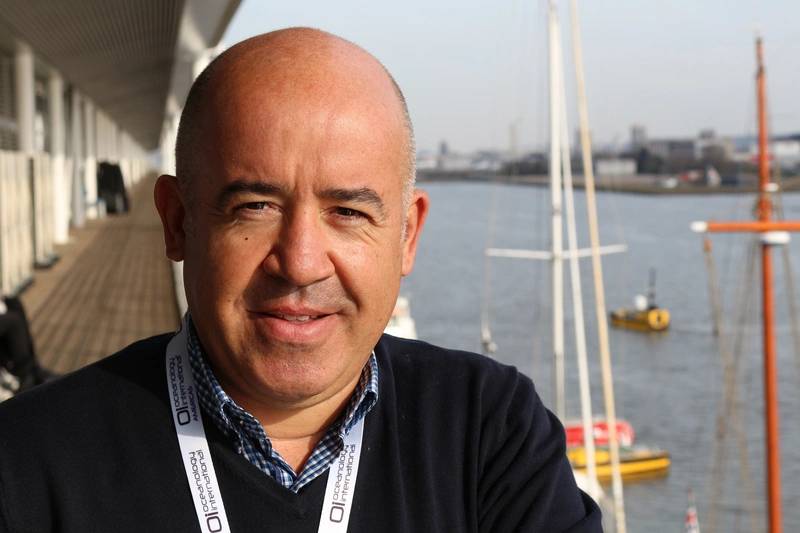 “Autonomy and the digital ocean is the vision for us,” says Carlos Berrera, Head of the Ocean Vehicles Unit, Eurosea Project, at PLOCAN (Oceanic Platform of the Canary Islands).
“Autonomy and the digital ocean is the vision for us,” says Carlos Berrera, Head of the Ocean Vehicles Unit, Eurosea Project, at PLOCAN (Oceanic Platform of the Canary Islands).








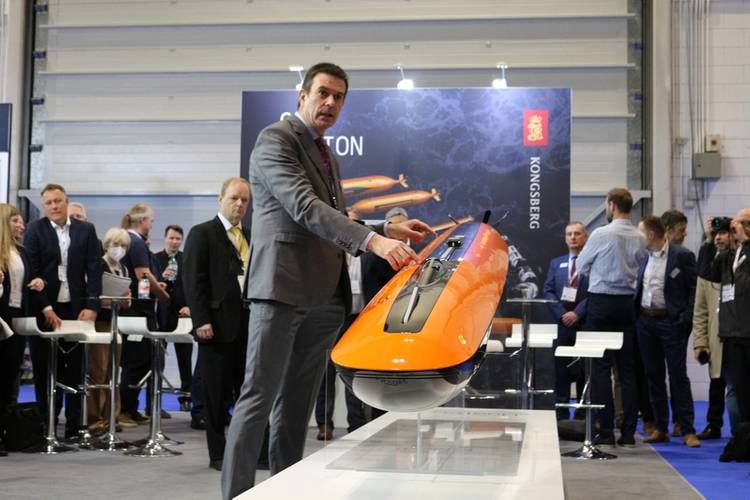
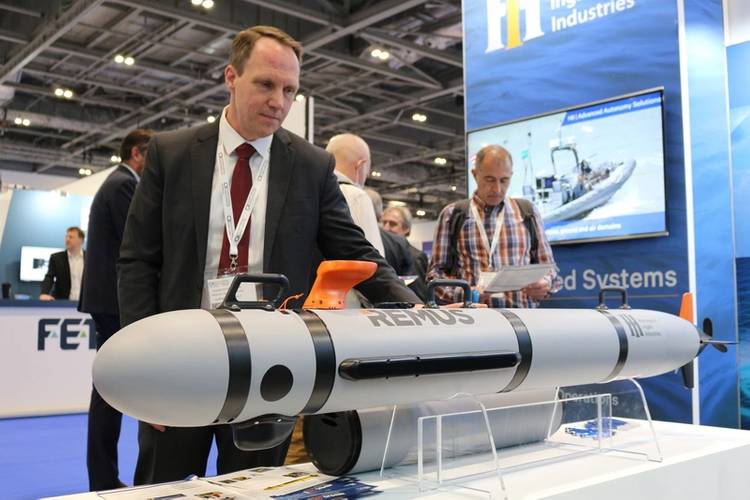
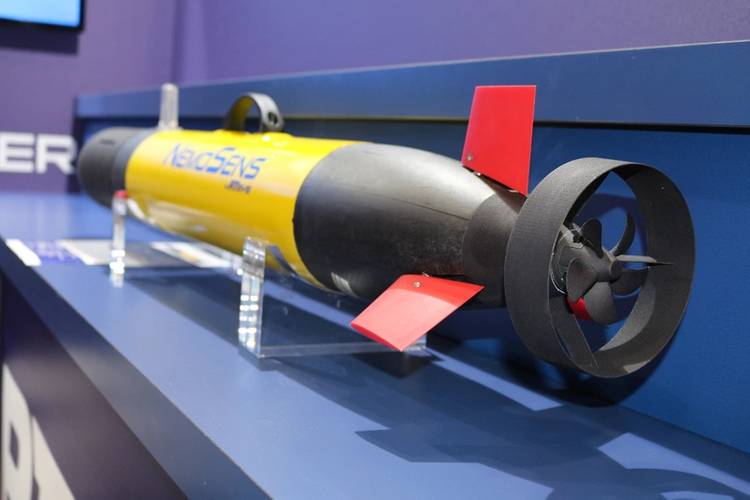
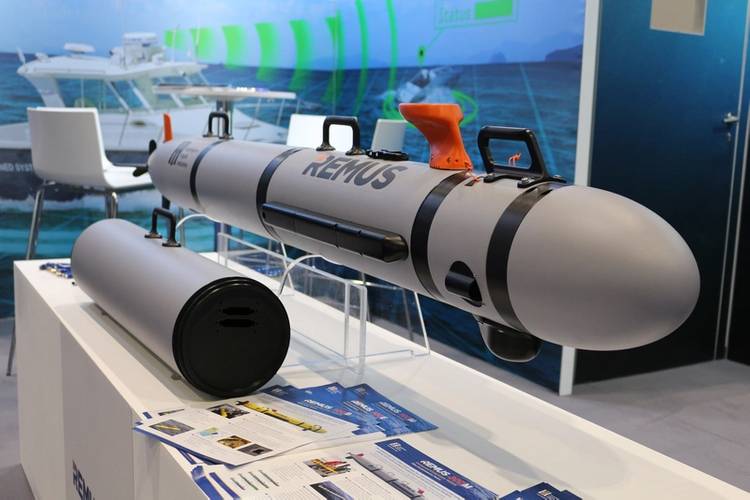
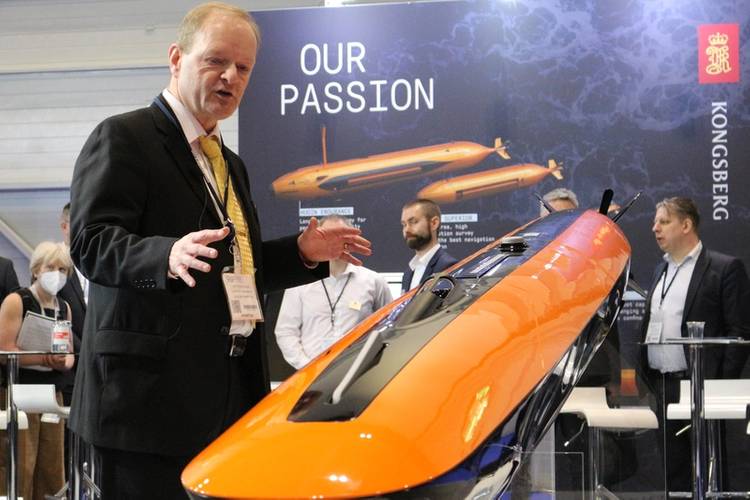
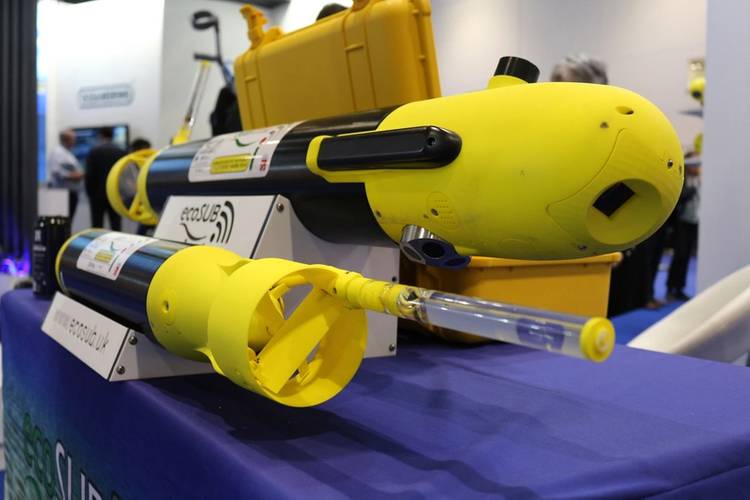
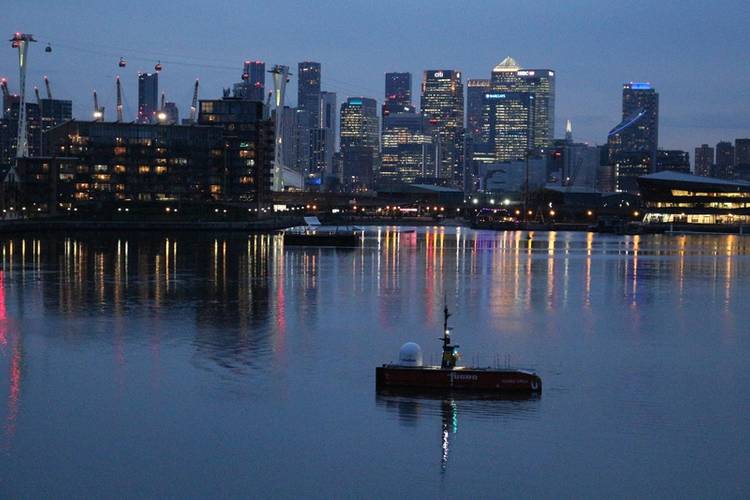
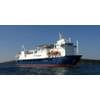
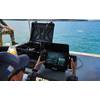


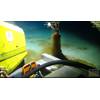
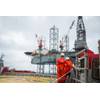









 February 2024
February 2024



